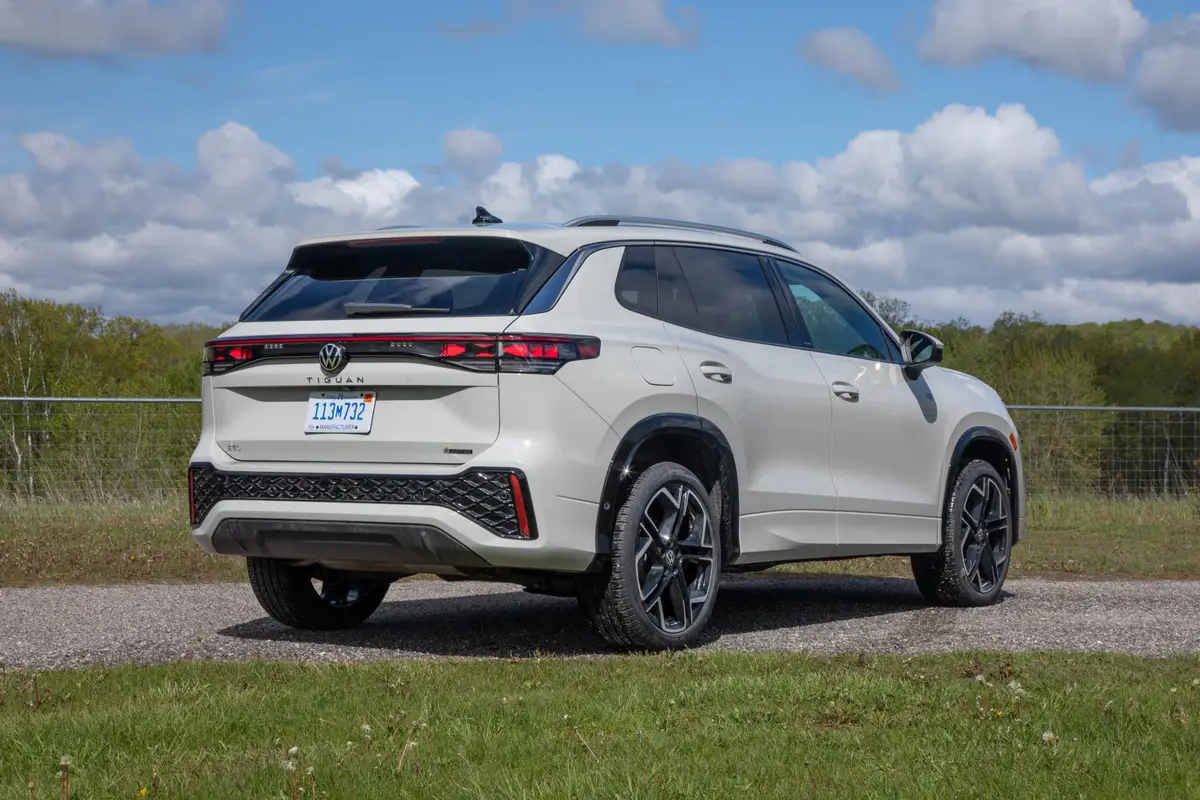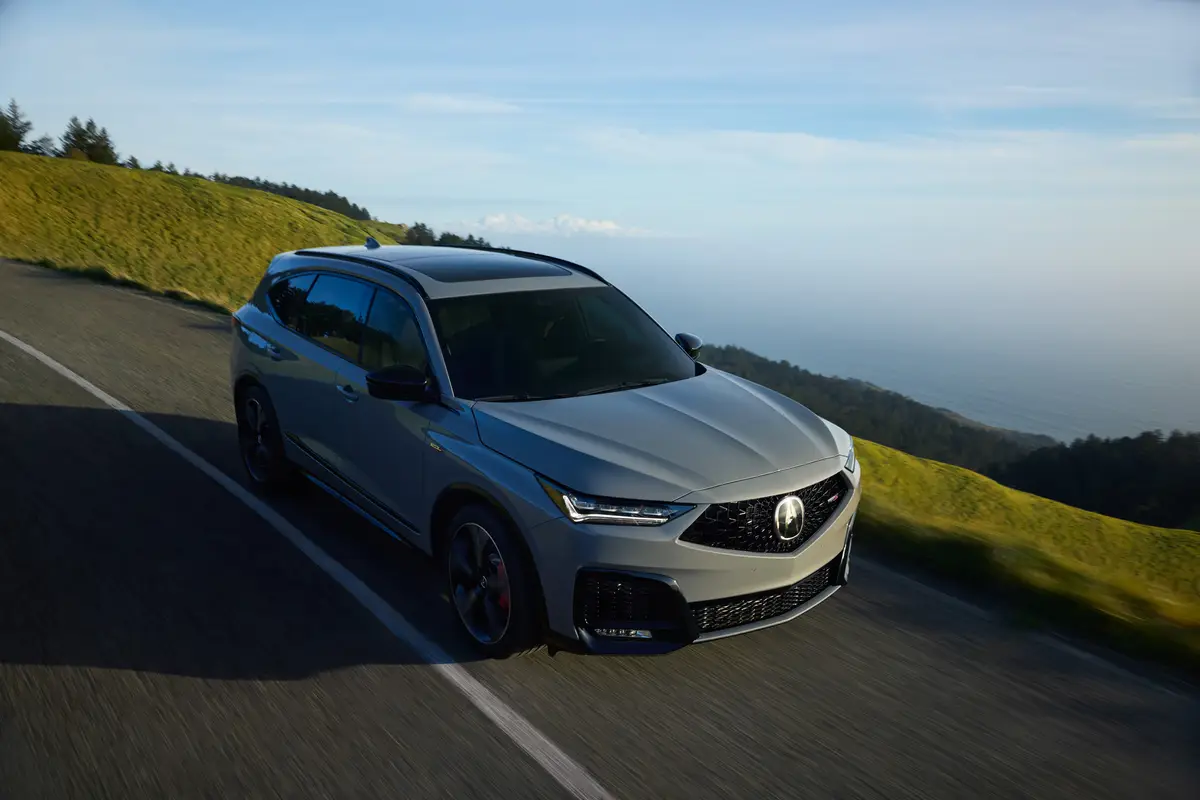Orlando Sentinel's view
Chevrolet went slightly more upscale with the Cobalt than the car it replaced, the aging Cavalier. That left a hole in Chevy’s lineup. Once Chevrolet relied on Japanese partners such as Suzuki (the Metro) and Isuzu (the Spectrum) for entry-level models, but until 2004, it was up to the Cavalier to be the brand’s lowest common denominator.
That changed with the introduction of the Chevrolet Aveo, which finally gave Chevy a vehicle to compete with the Hyundai Accent and Kia Rio, both from Korea. Chevrolet turned to another Korean company, Daewoo, which General Motors had rescued from bankruptcy, to build the Aveo.
The Aveo was cheap and adequate: nothing more, nothing less. It sold largely on the basis of the marketing power of Chevrolet and its enormous dealer network. Otherwise, the Aveo evoked little passion that I am aware of — if there’s an Aveo Car Club, well, I would be surprised.
Still, the Aveo is important to Chevrolet. Three-fourths of Aveo customers are new to Chevrolet, and it’s a way, company executives hope, to get young buyers into the fold. Getting them and keeping them are two different things, but with the 2007 Chevrolet Aveo, hanging onto those buyers will be easier.
The new Aveo is better than the old one in pretty much every way. The 2007 model is slightly larger and has more standard features, including side air bags. The test model was a top-of-the-line LT version, which had a lot of equipment, including cruise control, heated power mirrors, power windows and locks, keyless entry, an AM/FM stereo with CD player and handsome alloy wheels. A four-speed automatic transmission added $850 more than the standard five-speed manual, and anti-lock brakes added another $400. With some smaller options and shipping, the LT’s base price of $13,450 climbed to $15,490, which moved it well into Chevrolet Cobalt territory.
There are, however, cheaper versions of the Aveo — you can get an LS sedan with air conditioning for about $12,300.
All, however, have the same drivetrain — a 1.6-liter, 103-horsepower four-cylinder engine, with either the manual or automatic transmission. The Aveo sedan, incidentally, is the new car — the hatchback is pretty much a carryover product from 2006.
Inside, the Aveo LT did not seem at all a bargain-basement ride. Bucket seats, though thin, were comfortable. The rear seat was large enough for two medium-sized adults, or three for short stints. Trunk space was adequate.
Outside, those alloy wheels and new front and rear styling made the new Aveo look as if it was more expensive than it is. Some of that feeling translates to performance, and some does not: The engine is willing but rougher than some of the better four-cylinders, but the automatic transmission serves up crisp shifts at the appropriate times. EPA-rated fuel mileage is 26 miles per gallon city, 34 mpg highway, with the automatic transmission. The manual does a little better.
With the optional anti-lock brakes, the Aveo stopped straight and true, something I could not say for the last Aveo, without antilock, that I drove. The ride is nicely dampened on all but the roughest roads. Handling is fine, largely because of the ability of the LT’s P185/55R-15 radials, but this is no sports car.
The 2007 Aveo is undeniably a step up from the model we first drove in 2004, but this particular segment of the market has upped its game, too: Now we have the new Toyota Yaris, Honda Fit and Nissan Versa infiltrating this market, as well as an improved Kia Rio and Hyundai Accent. Again, I expect Chevrolet to rely on its marketing and dealer network to sell the Aveo. But this time around, there is a better product to market.
Latest news



